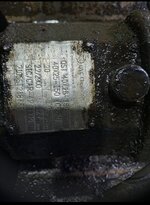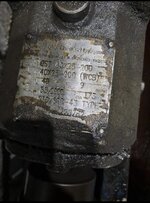l have 2 pumps one is 2.2 kw and another 5.5 kw. l have 2 questions regarding these.
1. The higher the kw rating doesnt imply higher flowrate, as one with 2.2kw has a higher capacity than the one with 5.5kw?
2. Can l replace the motors with one with the same kw rating but differene rpm? lnstead of 2900rpm(2 poles) with the 1500rpm(4 poles).
1. The higher the kw rating doesnt imply higher flowrate, as one with 2.2kw has a higher capacity than the one with 5.5kw?
2. Can l replace the motors with one with the same kw rating but differene rpm? lnstead of 2900rpm(2 poles) with the 1500rpm(4 poles).


